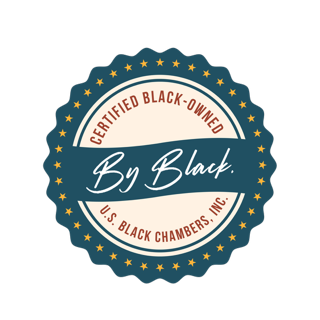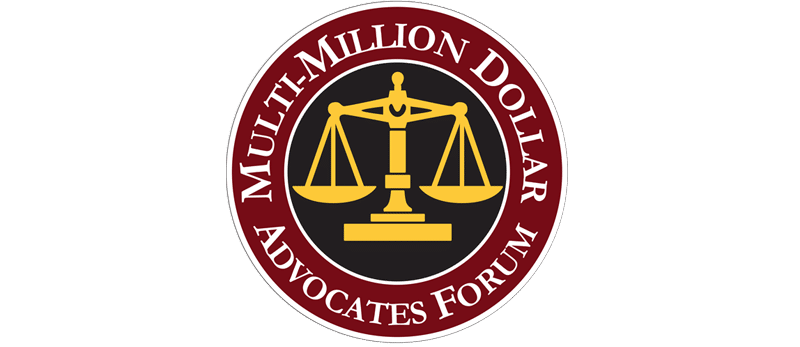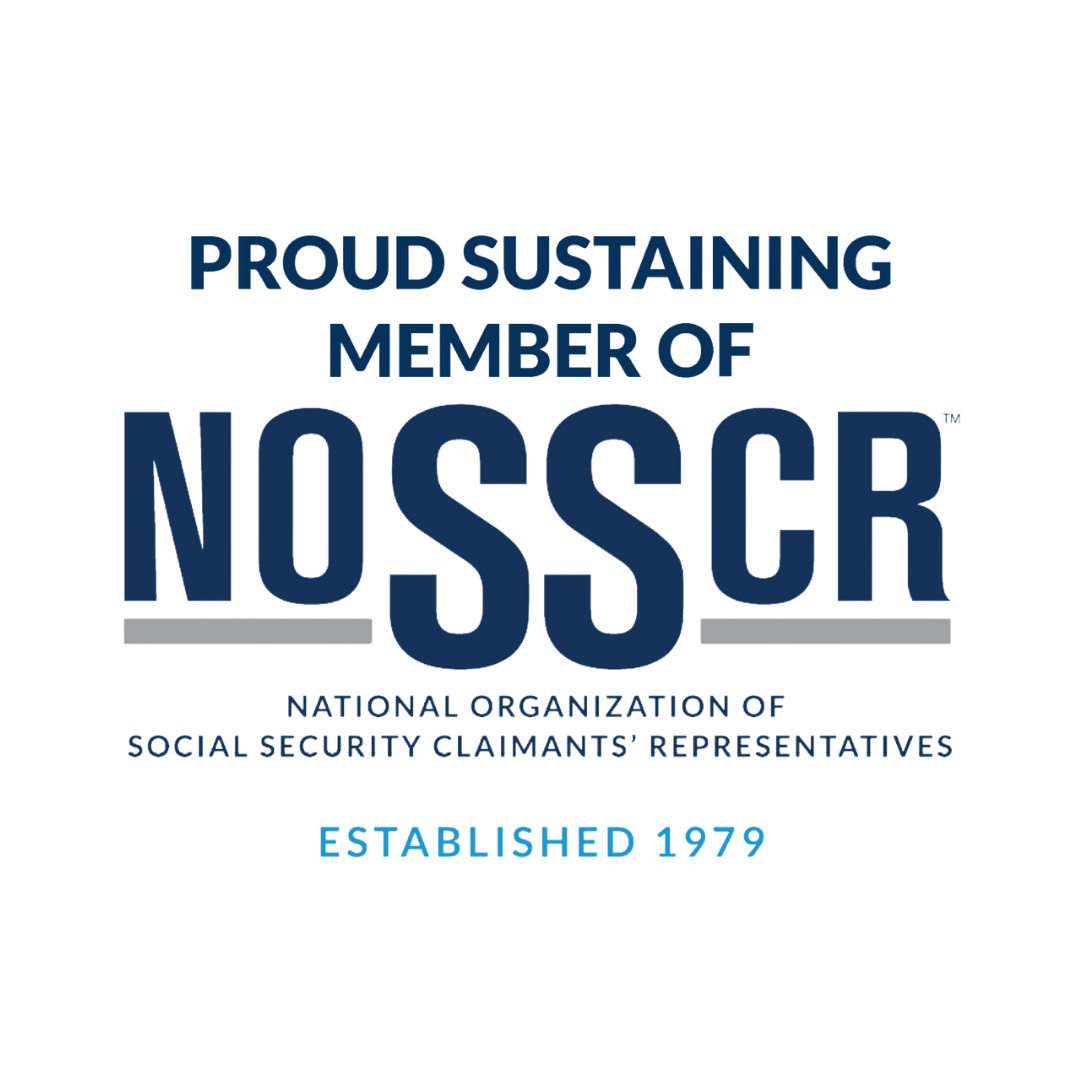Slip and fall accidents are a frequent occurrence in North Carolina, often leading to severe injuries and significant financial burdens. These accidents can happen to anyone, anywhere, and at any time, making it crucial to understand the common causes that contribute to such incidents. By being aware of these causes, individuals and property owners can take preventive measures to reduce the risk of slip and fall accidents and ensure safer environments for everyone.




Wet and Slippery Surfaces
One of the primary causes of slip and fall accidents is wet and slippery surfaces. These surfaces can be found in various places, including grocery stores, restaurants, and even private residences. Spills, leaks, and recently cleaned floors can create hazardous conditions, especially when appropriate warning signs are not displayed. When weather conditions can also contribute to wet surfaces — such as after a rain — the risk of slipping increases. Property owners and managers have a responsibility to promptly address these hazards by cleaning spills, fixing leaks, and using adequate signage to alert people to potential dangers.
Uneven or Broken Flooring
Uneven or broken flooring poses a significant risk for slip and fall accidents. Cracked tiles, loose floorboards, and uneven sidewalks are common culprits that can catch individuals off guard. When walking on such surfaces, people may lose their balance and fall, resulting in injuries ranging from minor bruises to severe fractures. In public spaces, it is essential for property owners to regularly inspect and maintain flooring to ensure it is safe for visitors. In private residences, homeowners should also be vigilant in repairing any uneven or damaged flooring to prevent accidents.
Poor Lighting
Poor lighting is another contributing factor to slip and fall accidents. Inadequate lighting in hallways, stairwells, and parking lots can make it difficult for individuals to see potential hazards, increasing the likelihood of a fall. Property owners have a duty to ensure that all areas are well-lit to promote safety. This includes replacing burnt-out bulbs, installing additional lighting fixtures where needed, and conducting regular checks to ensure that lighting is sufficient. Proper illumination can significantly reduce the risk of slip and fall accidents by making hazards more visible.
Cluttered Walkways
Cluttered walkways are a common cause of slip and fall accidents, particularly in workplaces and public spaces. Items such as boxes, cables, and debris left in walkways can create tripping hazards. Businesses and property owners must prioritize keeping walkways clear of obstructions to ensure safe passage for everyone. This involves implementing proper storage solutions, regularly inspecting areas for potential hazards, and educating employees about the importance of maintaining clear walkways. By doing so, the risk of slip and fall accidents can be significantly minimized.
Inadequate Handrails and Guardrails
Handrails and guardrails are essential safety features, particularly on stairs and elevated platforms. Inadequate or missing handrails and guardrails can lead to slip and fall accidents, as individuals may lose their balance without proper support. In North Carolina, building codes and regulations require the installation of handrails and guardrails in certain areas to enhance safety. Property owners and managers must ensure that these safety features are present and in good condition. Regular maintenance and inspections can help identify any issues and prevent accidents caused by inadequate handrails and guardrails.
Weather Conditions
Weather conditions play a significant role in slip and fall accidents in North Carolina. Rain, snow, and ice can create hazardous conditions on walkways, driveways, and parking lots. Property owners have a responsibility to address these weather-related hazards promptly. This includes shoveling snow, salting icy areas, and ensuring that rainwater is properly drained. In addition, individuals should exercise caution during inclement weather and wear appropriate footwear to reduce the risk of slipping. By taking these precautions, the likelihood of weather-related slip and fall accidents can be decreased.
Loose or Missing Carpeting
Loose or missing carpeting can also contribute to slip and fall accidents. When carpeting is not securely fastened to the floor, it can create a tripping hazard. Additionally, worn or frayed carpeting can cause individuals to lose their balance. Property owners should regularly inspect carpeting and repair or replace it as needed. Ensuring that carpeting is properly installed and maintained can prevent slip and fall accidents caused by loose or missing carpeting. This attention to detail can create a safer environment for everyone.
Improper Footwear
Improper footwear is a common but often overlooked cause of slip and fall accidents. Wearing shoes with inadequate traction or high heels can increase the risk of slipping, particularly on slippery or uneven surfaces. Individuals should be mindful of their footwear choices, especially in environments where slip and fall hazards are present. Property owners and employers can also contribute to safety by providing guidelines on appropriate footwear and encouraging the use of shoes with good traction. This simple step can help prevent accidents and promote overall safety.
Construction and Renovation Sites
Construction and renovation sites are areas with a high risk of slip and fall accidents due to the presence of various hazards. Uneven ground, loose debris, and tools left out can create dangerous conditions for workers and visitors. Construction site managers must prioritize safety by implementing proper protocols and training for workers. This includes ensuring that walkways are clear, hazards are marked, and appropriate safety gear is used. By maintaining a safe work environment, the risk of slip and fall accidents on construction and renovation sites can be reduced.
Choosing a Personal Injury Attorney Personal Injury Case Case TimelineRelated Videos
Inadequate Signage
Inadequate signage can lead to slip and fall accidents, particularly in areas where hazards are not immediately visible. Warning signs play a crucial role in alerting individuals to potential dangers, such as wet floors, uneven surfaces, or construction zones. Property owners and managers must ensure that adequate signage is in place to inform people of any hazards. This includes using clear and visible signs, placing them in appropriate locations, and regularly updating them as needed. Effective signage can prevent slip and fall accidents by providing necessary warnings and promoting awareness.
Seeking Justice for Your Slip and Fall
Slip and fall accidents can have serious consequences, resulting in injuries that impact a person’s physical well-being and financial stability. Understanding the common causes of these accidents in North Carolina is the first step in preventing them. If you or a loved one has been involved in a slip and fall accident, it is essential to seek legal assistance to protect your rights and pursue the compensation you deserve. At Phillips & McCrea, PLLC, our dedicated team of attorneys is committed to helping victims of slip and fall accidents navigate the legal process and achieve justice. Contact us today to schedule a consultation and learn how we can assist you in your case. Your safety and well-being are our top priorities.




